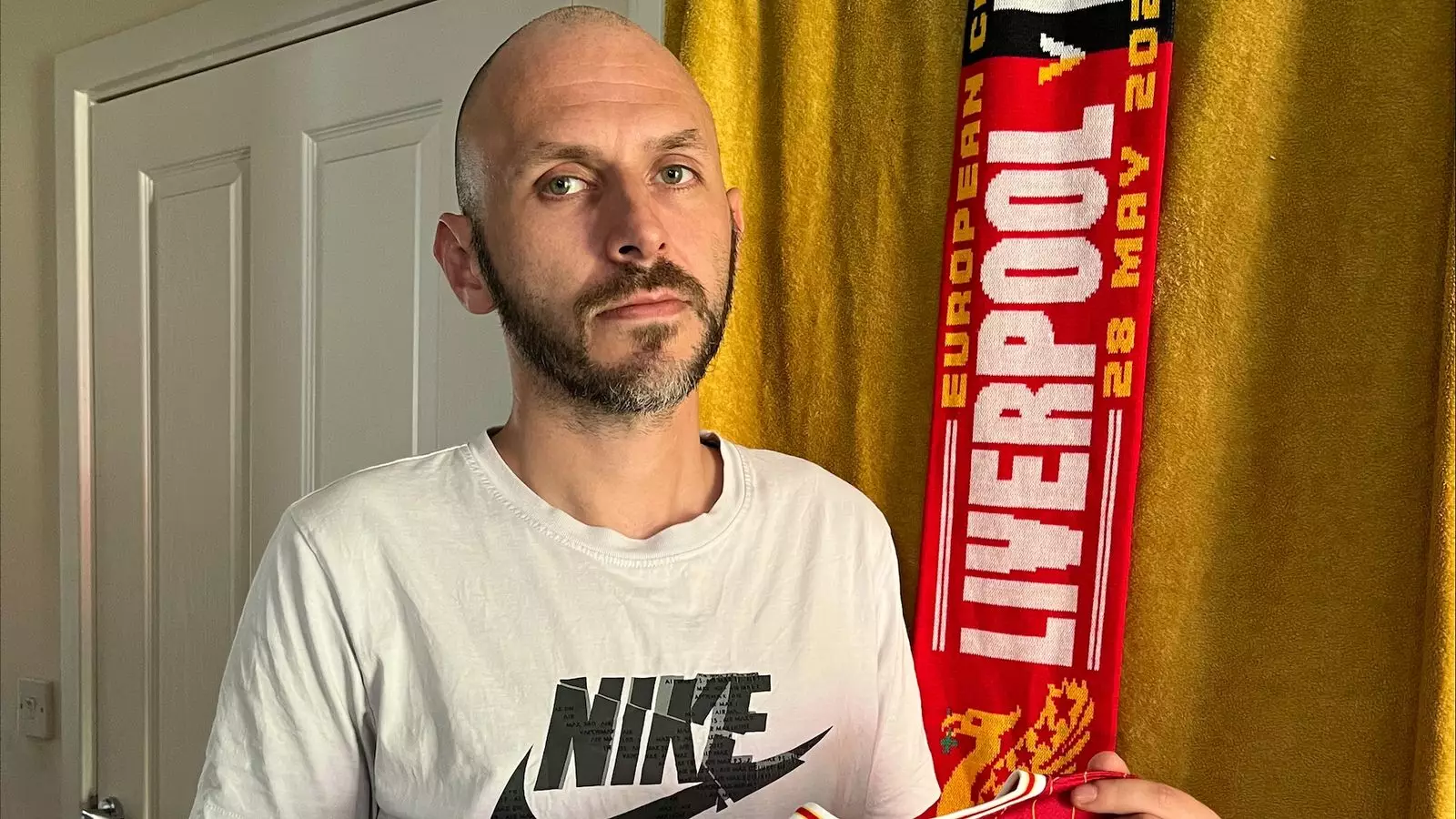What was supposed to be a day of celebration for Liverpool FC fans has abruptly morphed into a tableau of horror. Daniel Everson, who attended the victory parade with his partner Sheree Aldridge and their infant son Teddy, recounted a moment that no family should ever have to endure. It was a day marked by joy that rapidly descended into chaos when a vehicle careened into the crowd, striking them and leaving devastation in its wake. Such incidents starkly highlight the vulnerabilities that can emerge even in moments of unbridled jubilation, stirring a deep sense of fragility wrought upon by unforeseen circumstances.
The Harrowing Experience
As Daniel described, the sheer terror of seeing a vehicle approach at such high speed is something that can shake the very foundation of any father’s resolve. He talked about his instinctual yet futile attempt to protect his loved ones. The visceral imagery of a parent trying to shield his family while being flattened against a car’s hood is haunting. It forces us to confront the chaos and unpredictability of life—a reminder that even in the safest of environments, danger can loom unexpectedly. The psychological scars inflicted by such events extend beyond physical injury; they touch the core of one’s sense of safety and home.
Daniel’s harrowing narrative conveyed not just physical pain but layers of emotional anguish. Racing through noise and confusion to find his partner, only to discover her grievously injured while attempting to keep his baby safe, paints a picture of despair. It’s a poignant reminder that trauma doesn’t only linger in the immediate aftermath—it echoes through time, reshaping memories that should be filled with laughter and cheer into those steeped in fear and sorrow.
The Role of Authorities
Amid the outrage and heartbreak, Daniel expressed concerns about the police response. His emotion reflected a growing frustration with institutional failures in protecting the public, especially during organized events meant for community celebration. The presence of law enforcement should ideally create a bubble of safety, promising that celebrations like the Liverpool parade can happen without fear. Yet, the evident breach of that safety raises questions on how prepared our systems are to handle unexpected crises.
What more could have been done? This question grips communities after incidents like this, prompting debates about the adequacy of emergency protocols during large gatherings. Were security measures sufficient? If a vehicle could breach the crowd—how can we ensure that it never happens again? These inquiries are crucial, as they hold us accountable to our shared responsibility of community safety.
Impact on Victims and the Community
In the wake of the tragedy, as Sheree recovers from muscle tissue damage and Daniel grapples with a spectrum of emotions—from anger to trauma—one cannot overlook the ripple effects on the crowd that witnessed the terrifying incident. The shockwaves of such a violent disruption extend into the hearts of the attendees. An event that was to rally thousands in shared joy has inadvertently shifted lives dramatically. The trauma of those who bore witness can be as profound as that of the victims themselves, leaving communities grappling with emotional unrest.
The incident has thrown into sharp relief the shared humanity that binds us at these crowded festivities. We came together to celebrate a victory, yet, in a split second, were reminded of our collective vulnerability. This incident challenges us not just to grieve but to fortify our commitment to one another in the aftermath of tragedy.
Reflections on Society’s Safety Net
Tragedies of this nature compel us to reflect deeply on the mechanisms that define our societal safety net. Are we doing enough to protect our communities and individuals from sudden violence? The discourse surrounding accountability, prevention, and preparedness becomes crucial in a society ostensibly committed to the common good.
Ultimately, Daniel’s story and that of his family reveal a critical need for reflection—not only on the failures that led to this calamity but also on our capacity as a community to come together in resilience following such depths of heartache.


Leave a Reply